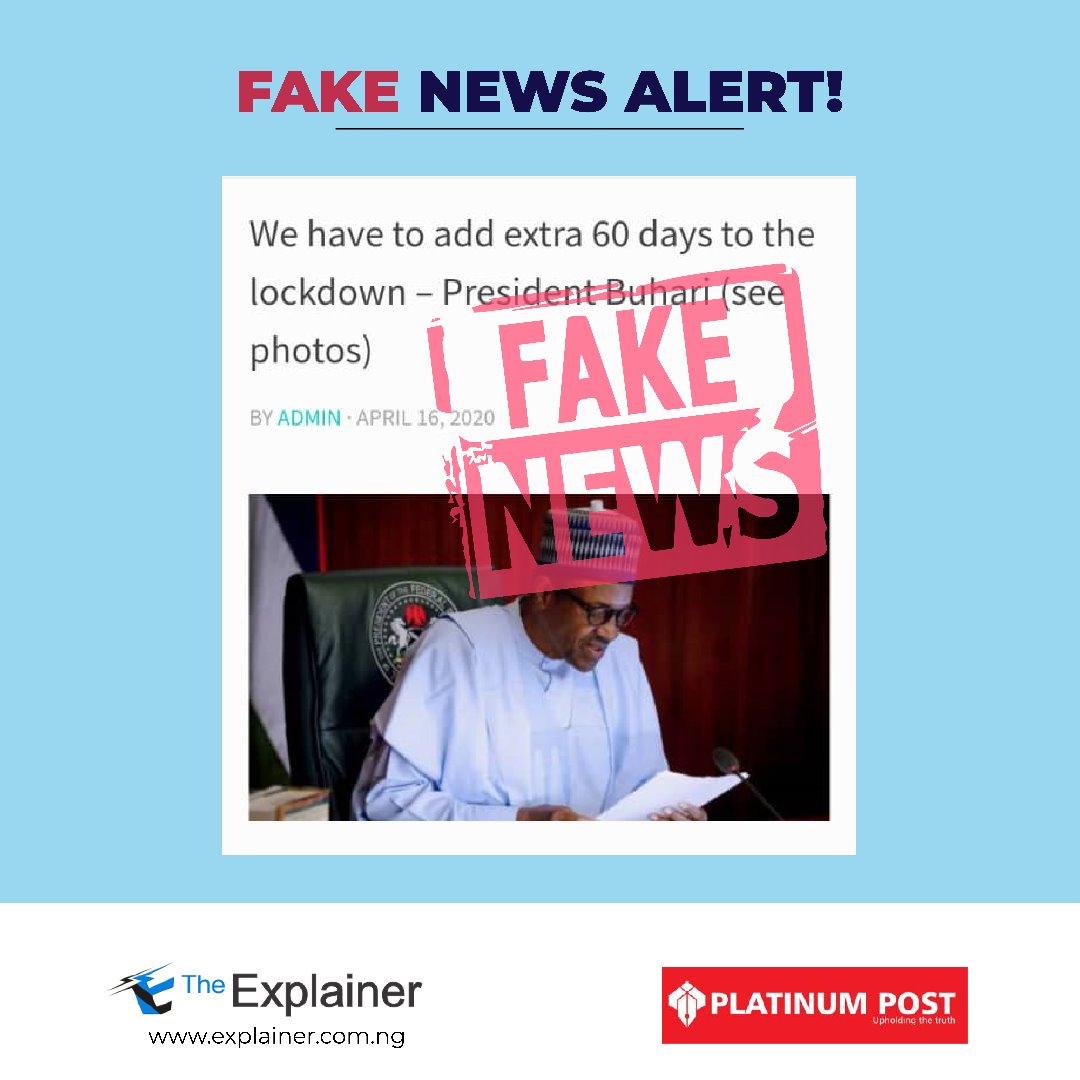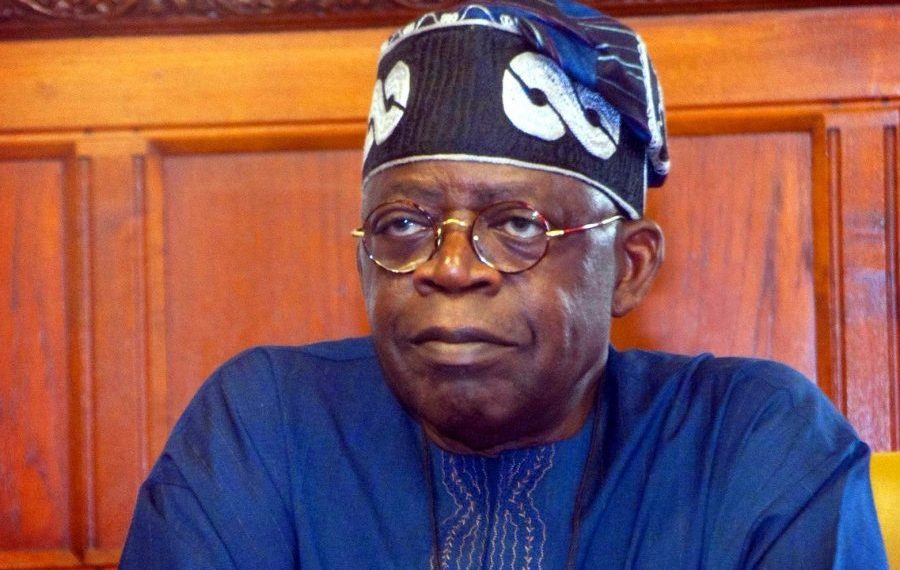THE DECISION OF President Donald Trump to pull the United States out of the World Health Organisation could leave the global health organisation in a financial crisis.
Trump’s action would deny the UN health agency a vital ally in addressing global public health risks.
During his first administration, Trump attempted to resign from the WHO, but former President Joe Biden reversed that decision before it could be implemented.
One year after the notice is duly lodged with the UN, withdrawal from the WHO becomes effective.
Meanwhile, Trump has appointed Robert F. Kennedy, a harsh WHO critic and vaccine sceptic, as his health secretary.
On Tuesday, the WHO expressed sadness for the decision to withdraw and hoped Washington would change its mind.
US plays a Major Role in WHO
According to the WHO’s website, the US “plays a crucial role in supporting WHO to protect and improve the health of Americans and people around the world.”
The WHO emphasised Washington’s efforts to combat Ebola and polio, as well as the mpox outbreaks in the DR Congo and Marburg, Rwanda, last year.
“The USA-WHO partnership is also essential in the fight against HIV worldwide,” it stated.
Washington will immediately halt any further funding transfers to the WHO and recall US government employees or contractors who cooperate with the institution, according to Trump’s executive order.
The United States would become the only UN member state not to be in the WHO, along with Liechtenstein.
WHO Budget
In addition to non-governmental organisations and other donors, the WHO gets funding from its 194 member nations.
When the organisation was first established in 1948, all of its income came from “assessed contributions,” or membership fees from countries that were determined by population and wealth.
However, the WHO started depending more and more on “voluntary contributions,” which only help achieve the goals the donor has set.
Just 12% of WHO’s funding came from membership dues during the most recent full budget cycle, which was for 2022–2023.
To better address new health shocks, the COVID-19 pandemic brought home the necessity for more flexible and predictable funding.
As a result, member nations decided to raise membership prices and abandon pre-earmarked payments to fund half of the organization’s budget by 2030.
In November of last year, after bringing in hundreds of new contributors, the WHO declared that it had generated around $4 billion through a new finance method.
READ MORE: Attempts To Link Obasa’s Impeachment To Seyi Tinubu’s ‘Governorship Aspiration’ Mischievous (1)
US the top donor
The WHO has a $7.89 billion budget during the 2022–2023 cycle that ended.
With $1.3 billion, or 16.3% of the total, the United States was by far the largest donor to the WHO during that period.
Germany ($856 million), the European Commission ($468 million), the Gavi vaccination alliance ($481 million), and the Bill and Melinda Gates Foundation ($830 million) were the next largest donors.
China came in at number eleven with $157 million.
Trump said on Monday that the WHO had “ripped us off,” pointing out that Beijing was paying much less than Washington.
Smart Tactic?
Before the US announcement, Suerie Moon, co-director of the Geneva Graduate Institute’s Global Health Centre, told AFP that Washington would be better off waiting.
“It would make sense to at least see what they can get, and then use the withdrawal as a negotiation tool,” she added, if they wish to “leverage over WHO.”
Moon expressed confidence that WHO would endure if the US withdrew.
“A 15% budget cut would be painful, but most organisations would survive,” she added.
Pandemic Agreement
In December 2021, WHO member nations, shaken by COVID-19, agreed to begin drafting an agreement on pandemic preparedness, response, and prevention.
However, there have been several missed deadlines, which means that discussions were not finished before Trump’s return.
According to Monday’s presidential order, the deal would have “no binding force” on the US and Washington will cease negotiations during its withdrawal.






















